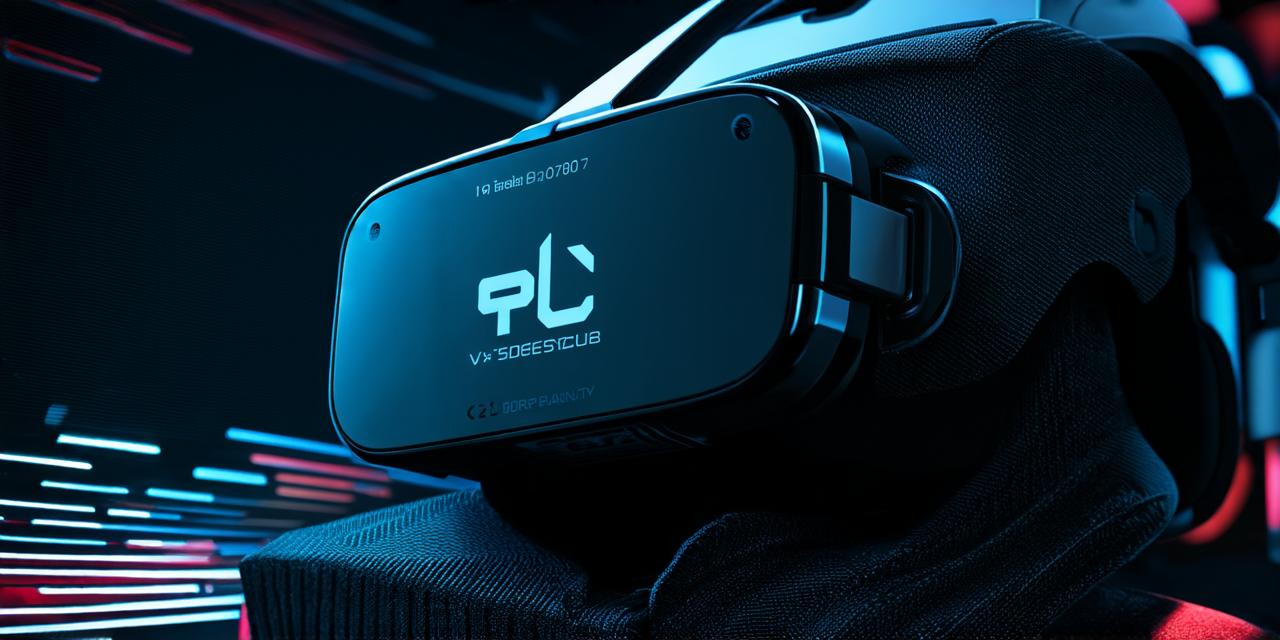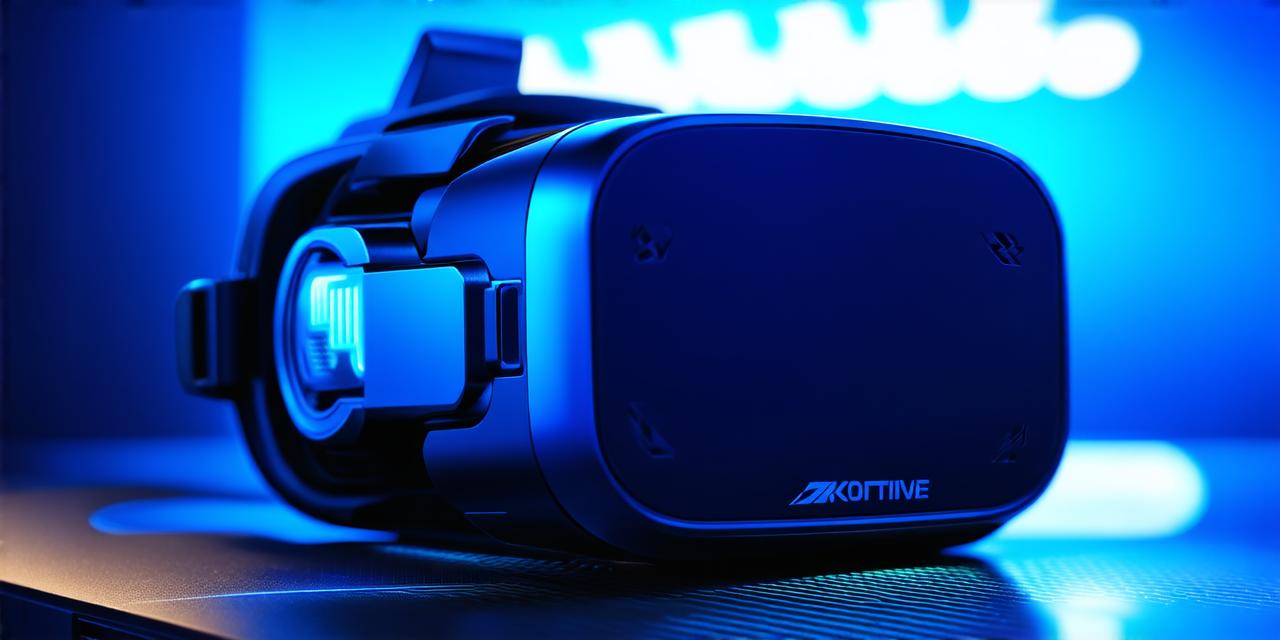
Top VR Development Platforms: Find the Best for Your Project
In the dynamic landscape of technology innovation, Virtual Reality (VR) is swiftly gaining momentum. As a developer, selecting the optimal VR development platform can significantly impact the success of your project. This article aims to provide an insightful guide to help you navigate the top contenders in this burgeoning field.
Unity: The Versatile Powerhouse
Unity, a versatile engine, is widely favored by developers due to its user-friendly interface and extensive support for VR. With Unity, you can create captivating experiences across multiple platforms, including Oculus Rift, HTC Vive, and Google Daydream. As co-founder David Helgason aptly describes it, “Unity is the Swiss Army Knife of game development.” Its versatility allows developers to experiment with various VR applications, from gaming to education, architecture, and more.
Unreal Engine: The Graphics Powerhouse
Unreal Engine, Epic Games’ creation, is renowned for its high-quality graphics. It powers many AAA games and boasts a robust VR toolset. With Unreal, you can create photorealistic VR experiences that rival real life. However, it may have a steeper learning curve compared to Unity, making it more suitable for experienced developers or those willing to invest time in mastering its intricacies.
A-Frame: The WebVR Solution
If web-based VR is your preference, A-Frame is the platform for you. It’s an open-source framework based on HTML and JavaScript, making it accessible to developers of all skill levels. A-Frame allows you to create VR experiences that can be viewed directly in a web browser, without the need for additional software. This makes it an ideal choice for projects that require easy distribution and accessibility.
Choosing the Right Platform
The decision between these platforms depends on your project’s requirements and your expertise. If you’re new to VR development, Unity might be the best starting point due to its user-friendly interface. For high-quality graphics and AAA experiences, consider Unreal Engine. If web-based VR is your goal, A-Frame could be the perfect fit. It’s essential to evaluate your project’s needs and choose a platform that aligns with those requirements while considering your own skill level and development preferences.
FAQs
Q: Can I create VR experiences for multiple platforms using Unity?
A: Yes, Unity supports VR development for various platforms including Oculus Rift, HTC Vive, and Google Daydream.
Q: Is Unreal Engine suitable for beginners in VR development?

A: While Unreal Engine is powerful, it may have a steeper learning curve compared to other platforms, making it less ideal for beginners. However, with dedication and resources, even beginners can master this platform.
In Conclusion
The world of VR development is brimming with possibilities. By understanding the strengths and weaknesses of each platform, you can make an informed decision and create immersive, engaging VR experiences that captivate your audience.

